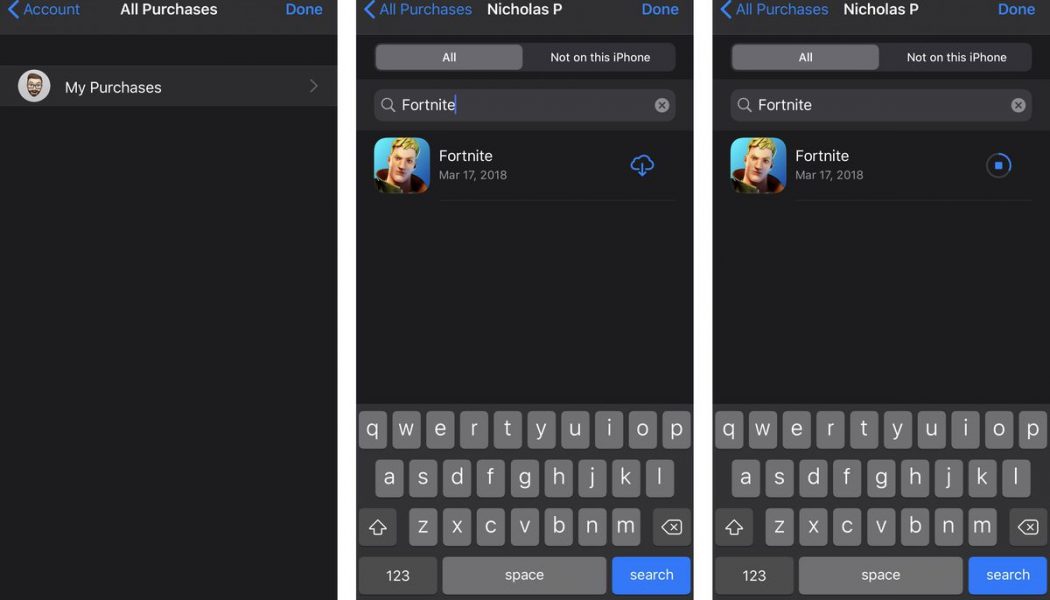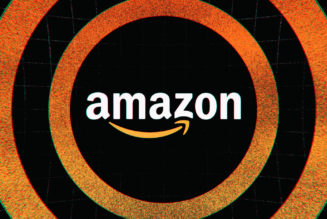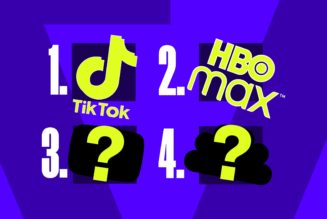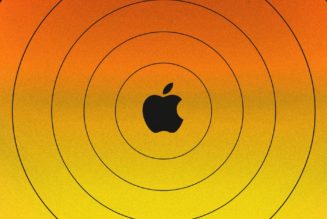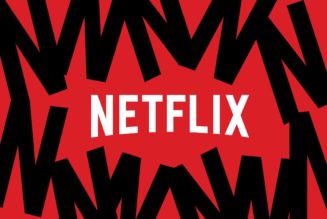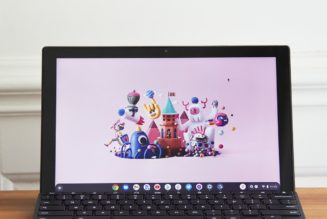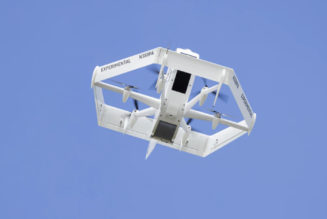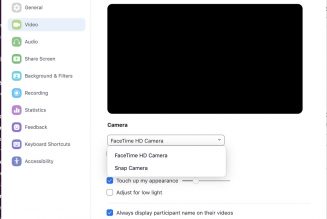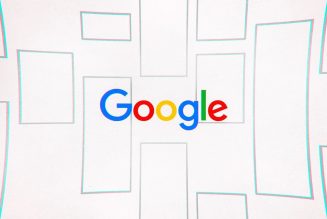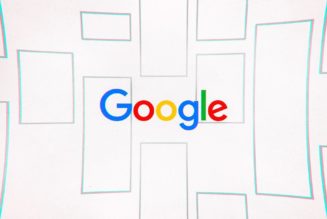Update September 1st, 10:43AM ET: The following article has been updated following Apple’s termination of Epic Games’ developer account. That action made it impossible to reinstall all Epic apps associated with that account, including Fortnite and the Inifinity Blade trilogy. The headline has been updated to reflect this fact.
Fortnite disappeared from the App Store earlier this month as part of developer Epic Games’ big legal and regulatory showdown with Apple, but the battle royale hit was not gone entirely — at least not for a little while. Apple terminated Epic’s developer account last week, making it impossible to reinstall iOS versions of Epic’s apps, but there was a short period of time during which iPhone and iPad owners were still able to get their hands on Fortnite using a lesser-known feature of iOS.
If you’ve never downloaded Fortnite, you’re out of luck for now — and we recommend avoiding any of the eBay listings that appear to be popping up to hawk iPhones with the game installed for as much as $10,000. That sounds suspect.
Those who have the game downloaded already can still play it, of course, and even install update files. But since the launch of Chapter 2: Season 4 last week, iOS players no longer have access to the latest content, including the Marvel-themed new season. Players who play exclusively on iPhone and iPad (as well as macOS) are also unable to use crossplay with other systems.
For those who had downloaded Fortnite at least once in the past but perhaps offloaded it or removed it manually, there was still a way to reinstall the game on your iOS device of choice. Here’s how that method worked before Apple terminated Epic’s account:
- Go to the “My Purchases” section of the App Store, which can be found by clicking on your avatar (typically whatever Memoji or photo you’ve chosen for your Apple ID contact image) in the top right-hand corner of any of the main screens
- From there, tap “purchased,” then “My Purchases” to find your app directory of all iOS apps you’ve ever downloaded
- Search “Fortnite”
- The app should show up, and tapping the cloud icon will initiate the downloading process
:no_upscale()/cdn.vox-cdn.com/uploads/chorus_asset/file/21784616/fortnite_app_store_resintall.jpg)
You still needed to install the nearly 10GB collection of app files, as Fortnite exists on mobile as a kind of shell for the larger chunk of game files that must be retrieved from Epic servers. But going through that process would have put the app back on your home screen and made it available to play once updated, for now at least. The trick even works if any member of an Apple Family Sharing plan has ever downloaded Fortnite on iOS in the past.
It’s not quite right to call this a loophole, as this behavior has always existed in one form or another for iOS apps. For instance, you could still play Flappy Bird for years after its creator pulled the game from the App Store, until Apple switched away from 32-bit apps with the launch of iOS 11 in 2017 and the game ceased functioning.
As part of Apple’s termination of Epic’s developer account, Epic is no longer able to submit new apps to the App Store or issue updates to any existing ones. And with the apps completely delisted, they can’t be reinstalled even if you search for and find them in your purchase history. Trying to do so just results in a message reading, “This item is no longer available.”
There’s no telling how long this Fortnite struggle will persist or whether Epic will ever decide to give in to Apple’s demands and remove its own in-app payment method. As of right now, you can still take Epic up on its price cut offer by paying less for Fortnite V-bucks. But you’re no longer able to buy the new season’s battle pass because Epic can’t update the app properly.
